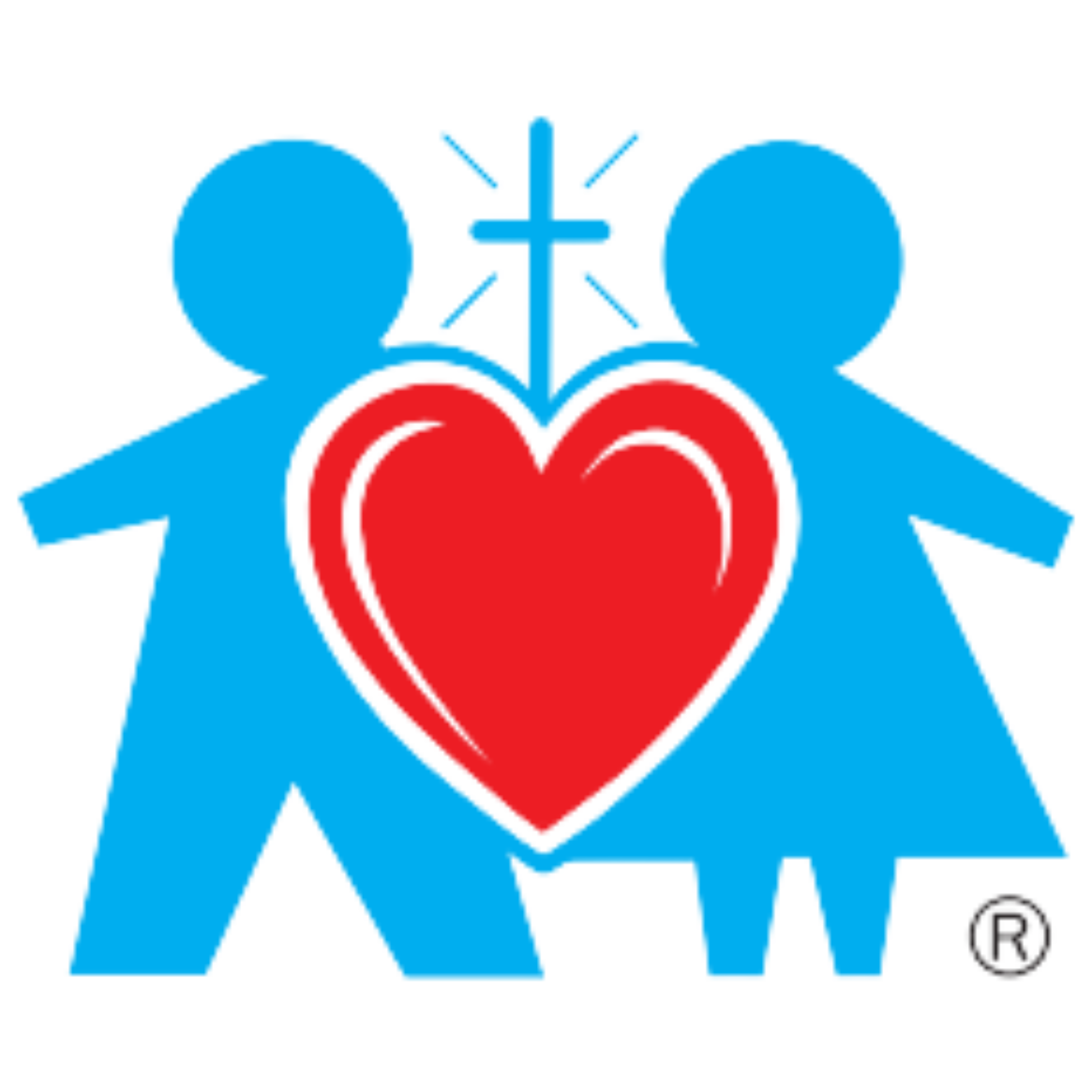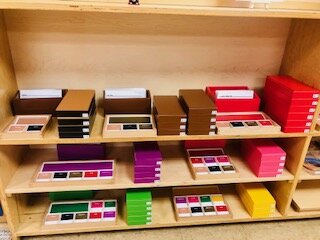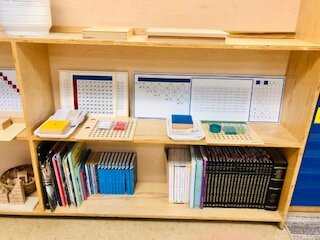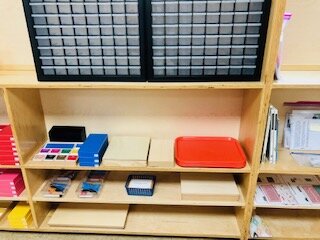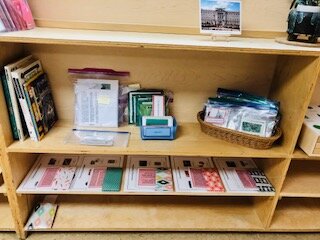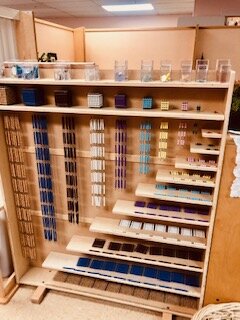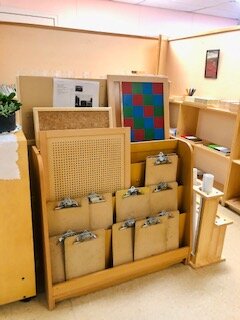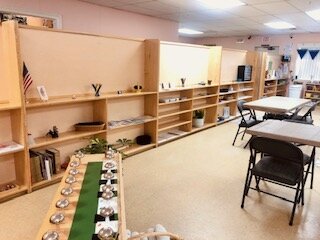mathematics
“Mathematics is presented in contexts that allow the children to observe that there is mathematics everywhere, and in every time.”
History of Numerals is presented through the Great Story, The Story of Our Numerals. This story introduces the creation of numerals and its progression overtime. The purpose of this story is to help students establish a connection between history and our numerals.
The Decimal System is presented through the Wooden Hierarchical Material and the Large Bead Frame. The wooden hierarchical material presents the first seven hierarchies of the decimal system, the first three families of the decimal system, and introduces the categories of each family. The large bead frame is designed to separate each set of beads according to hierarchy, family and category to help establishes a better understanding of the decimal system.
Multiplication is composed of seven main areas, including laws of multiplication, checkerboard, large bead frame, flat bead frame, bank game, geometric form of multiplication, and multiplication algorithm. Laws of multiplication introduces commutative law and distributive law. The checkerboard, large bead frame, flat bead frame, and bank game are presentations which include materials that enable students to explore multiplication and conduct long multiplication sensorially. Geometric form of multiplication and multiplication algorithm are presentations designed to provide students a more abstract experience with multiplication.
Multiples and Factors are first presented through a sensorial impression and abstraction is gradually introduced and implemented.
Division is composed of four main areas, including distributive division with racks and tubes, group division with the stamp game, division algorithm, and divisibility. Distributive division with racks and tubes and group division with the stamp game are presentations which include materials that enable students to explore division and conduct long division sensorially. Division algorithm presents students with a more abstract experience with division. The concept of divisibility is introduced through sensorial approach within multiple presentations.
Fractions is composed of two main areas, including common fractions and decimal fractions. The first main area, common fractions, introduces (1) the concept and equivalence of fractions, (2) performing operations with simple cases, and (3) performing operations beyond simple cases. The second main area, decimal fractions, introduces (1) fractions in the decimal system and their notation, and (2) performing operations with decimal fractions.
Exponential Numbers are composed of six area, including squares and cubes of numbers, powers of numbers, squaring, cubing, square root, and cube root. These concepts are first presented through a sensorial impression and abstraction is gradually introduced and implemented.
Signed Numbers, Non-Decimal Bases, Ratio and Proportion, Word Problems, Measurement, and Intro to Algebra are other concepts introduced in elementary. Many of these concepts are first introduced through a sensorial approach and abstraction is gradually introduced and implemented.
